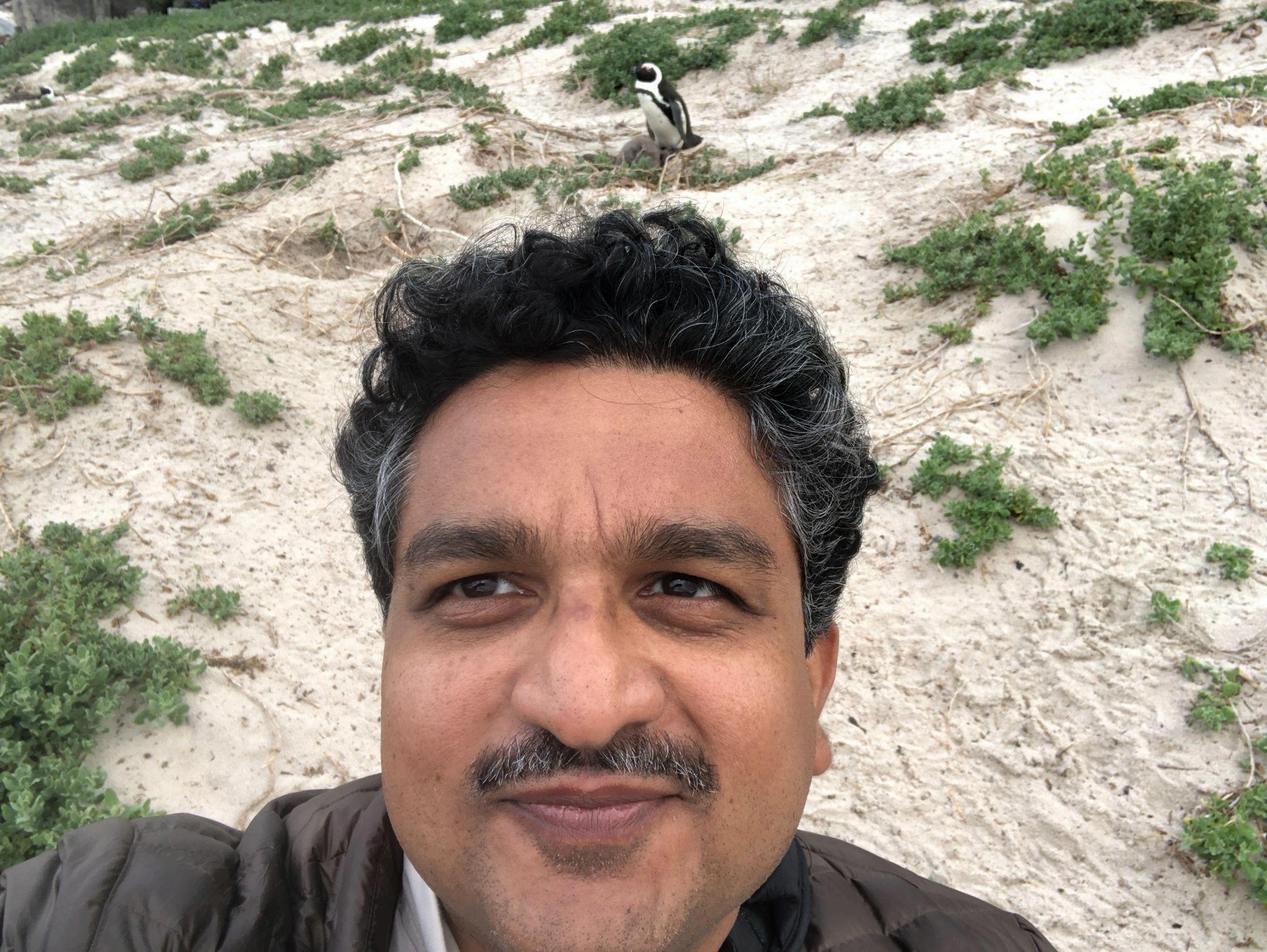Pilgrimage of Perspectives: A Journey Through Interfaith Understanding

Isam Vaid believes that travel is often thought of in terms of places, but some of the most meaningful journeys are those that travel through ideas, cultures, and faiths. Interfaith travel is a growing form of experiential exploration, enabling individuals to experience the sacred and
spiritual practices of various religions worldwide More than sightseeing, it involves engaging with diverse traditions in a way that fosters empathy, self-reflection, and a shared sense of human connection These journeys don’t just reveal what people believe; they also show how those beliefs shape daily life, architecture, relationships, and values.
At the heart of interfaith travel is the desire to connect In a world that often highlights division, visiting religious sites and speaking with followers from different faiths reveals a powerful truth: many values, such as compassion, peace, gratitude, and justice, are universal Whether lighting a candle in a church, removing shoes in a mosque, or placing flowers at a temple, travelers find everyday rituals of reverence, humility, and care for others. These moments become threads that bind diverse traditions into a shared human story

One of the most impactful aspects of interfaith travel is stepping into sacred spaces with respect and an open mind In places like Varanasi, Jerusalem, or Amritsar, spiritual life permeates the streets and is woven into daily routines. Observing morning prayers by the Ganges River, joining a silent meditation in a Buddhist monastery, or sharing a communal meal in a Sikh langar hall transforms the traveler’s role from tourist to participant These are moments when spiritual practice becomes visible, accessible, and profoundly moving even for those who do not share the same belief system

Equally important are the conversations that occur during interfaith travels Speaking with monks, imams, rabbis, pastors, or laypeople opens a door to understanding. It allows travelers to hear personal stories about faith in action, how belief influences family life, work ethics, community service, and resilience in the face of hardship. These discussions help dispel misconceptions, reduce prejudice, and highlight the deeply human nature of spiritual practice
In regions marked by religious diversity or historical conflict, interfaith travel can also be a subtle form of peacebuilding Visiting shared spaces such as Abrahamic heritage sites in the Middle East or multi-faith community centers in Europe demonstrates the potential for coexistence
Seeing how communities have negotiated differences and found ways to collaborate inspires hope and invites reflection on the power of mutual respect.
The aesthetics of faith traditions also play a significant role in the interfaith journey. The stained-glass windows of European cathedrals, the intricate carvings of Hindu temples, the geometric art of Islamic mosques, or the minimalist beauty of a Zen garden all convey spiritual values through form and design. These artistic expressions communicate something beyond language They evoke awe, beauty, and reverence, creating emotional connections that transcend doctrinal boundaries

Interfaith travel also cultivates internal change As travelers encounter practices different from their own, they often begin to question, reassess, or deepen their own beliefs. This doesn’t always mean conversion or abandonment; it usually implies growth Exposure to other faiths can inspire a more inclusive spiritual worldview, one that recognizes the strength in diversity and honors the wisdom of each path.

Moreover, interfaith travel teaches travelers how to listen Not just to words, but to silence, to ritual, to gesture, and to the subtle ways faith is lived. In that listening, stereotypes fall away, and what remains is a sense of shared humanity: people seeking purpose, peace, and connection just through different doors.
In a time when misunderstanding between faiths can fuel division, interfaith travel is a quiet act of courage and bridge-building. It reminds us that the world is not just divided into beliefs but united in the pursuit of meaning For those who walk this path with open hearts and respectful curiosity, the reward is not just knowledge; it’s wisdom, compassion, and a renewed sense of belonging to a global spiritual community.
